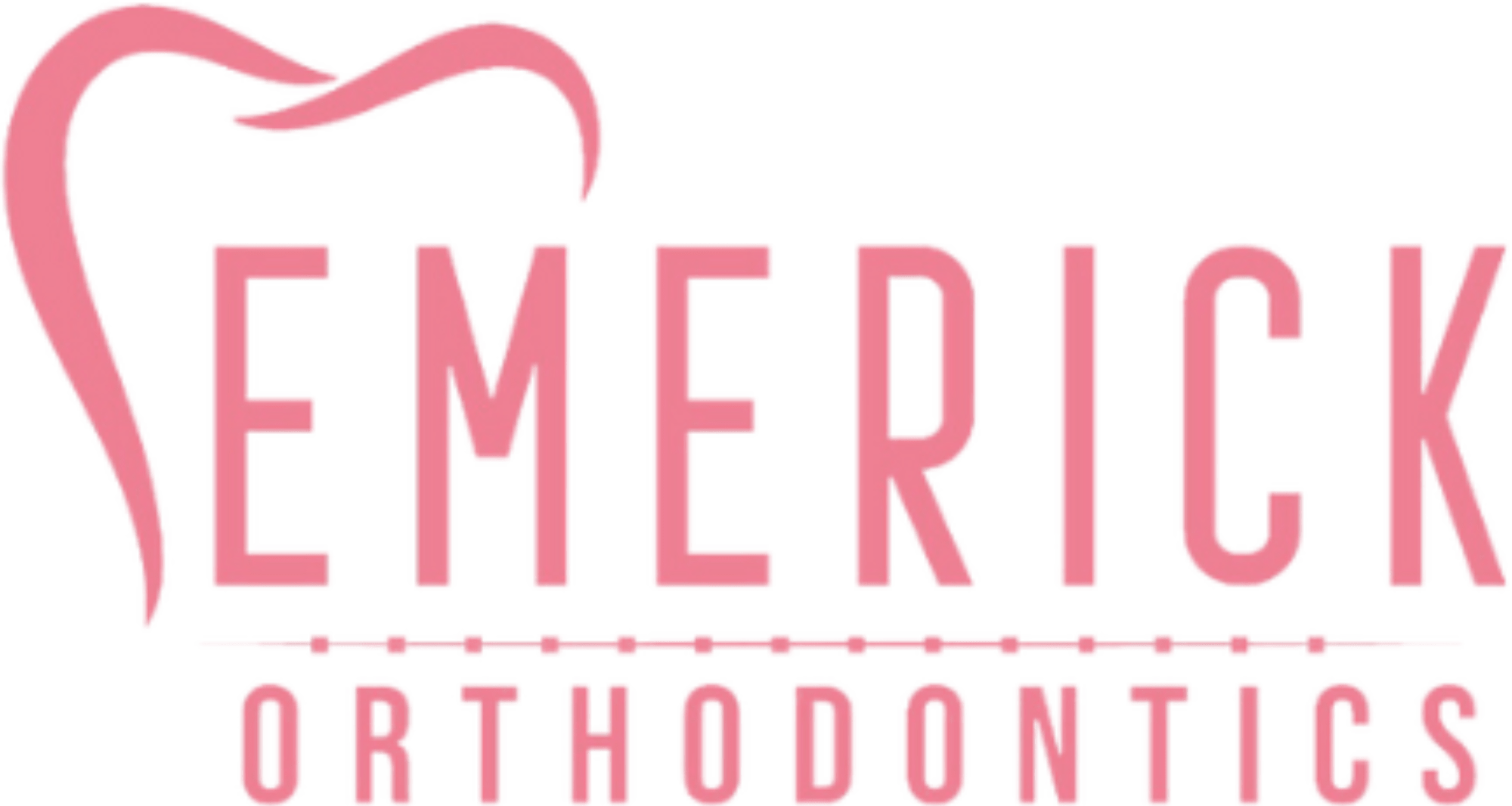The long-term goal of orthodontic treatment is to have a healthy occlusion free of tooth rotation and diastema. These procedures strive to enhance oral function and oral health. Evidence-based research indicates that dental misalignment and malocclusion harm oral health, especially in the state of the periodontal ligament. Orthodontic care is a dental procedure currently preferred by both kids and adults in the community. They generally desire to align their teeth in a more cosmetically pleasing and harmonious way to improve their appearance and self-confidence. Both fixed orthodontics and removable orthodontics are forms of orthodontic treatment.
Why Should You Opt For Orthodontic Treatment?
Lots of people have overcrowded or misaligned teeth. The teeth will be straightened or moved into a better place with orthodontic therapy. In addition to making them easier to clean, this can enhance their appearance and the way their teeth bite together. Some people have ugly, protruding upper front teeth. The likelihood of damage to these “prominent” teeth is higher, but orthodontic therapy can realign them. The way the upper and lower jaws come together can make teeth appear ugly and result in a bad bite. Both of these issues might be resolved with orthodontic treatment.
What Are The Aims Of Orthodontic Treatment?
- Efficient Performance Of Your Teeth
- Structural Balance Of Your Jawbone
- Visually Appealing Set Of Teeth
Types Of Orthodontic Appliances
Both fixed and removable orthodontic appliances are available in the market. Fixed appliances have more control over the movement of your teeth and are preferred. Removable devices, however, find limited use in growth modification.
Removable Orthodontic Appliances
Removable orthodontic equipment can be removed from the mouth since they aren’t attached to the teeth. They were specially made to fit your mouth and support the course of your orthodontic treatment. They could fix simple malocclusions. Your orthodontist will make your orthodontic treatment plan. They are typically classified into two types; the first is appropriate for simple tooth movements. The second category of removable orthodontic devices can be used to move the jaw. They are made with spring screws and other mechanical parts to provide pressure to the teeth. It should be emphasized that removable orthodontic devices only cause a tipping motion. Additionally, they can be used as a supplement to more involved procedures to improve the results of fixed orthodontic appliances.
Benefits Of Removable Orthodontic Appliances
- You can remove them to clean them.
- It is more comfortable than fixed orthodontic appliances when you need tipping movement.
- You may temporarily remove them if there is excruciating pain or other emergencies.
- They are simple to use, and a general doctor with the necessary skills can handle them.
- You won’t require much time in the dental office as they are made in the lab.
- They don’t cost a lot.
Fixed Orthodontic Appliances
The most popular orthodontic appliances used now for treatment are fixed devices. They are bonded to the teeth, as the name implies, and the patients cannot remove them. A fixed appliance’s component pieces are as follows:
- Orthodontic brackets
- A molar band
- Archwires
- Ligatures (elastomeric, steel ties)
- Auxiliaries
Benefits Of Fixed Orthodontic Appliances
- These appliances straighten teeth and improve smiles
- Fixed orthodontics promotes oral health and lowers the incidence of gum disease.
- They also guarantee result because the teeth are positioned correctly with little chance of shifting from their final position.
- Fixed orthodontics moves the tooth in precise directions,
- It is a safe procedure and causes less tooth damage.
- After the fixed orthodontic treatment time is complete, cleaning the teeth is considerably simpler, extending the teeth’ lifespan.
Orthodontic appliances are very useful and can help to fix your oral health issues in the long run. It usually depends on your dental condition and the type of treatment you require. You can always speak to your dentist before choosing the perfect orthodontic appliance for yourself.

